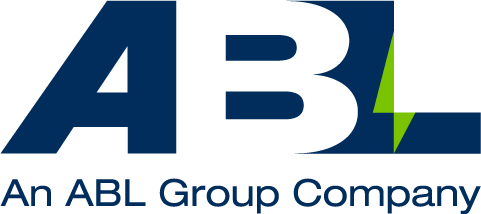First recommended practice (RP) for floating solar PV projects launched
INNOSEA – part of the AqualisBraemar LOC group, has contributed to a DNV GL-led joint industry project (JIP), which has published the world’s first recommended practice (RP) on the development of floating solar PV (FPV) projects.
The JIP was an industry collaboration involving 24 industry experts and was kicked off in summer 2020.
The recommended practice DNVGL-RP-0584 sets out commonly recognised guidance based on technical requirements for accelerating safe, sustainable and sound design, development, operation and decommissioning of FPV projects. It focuses on methodology and provides functional requirements, recommendations and guidelines with a view to establishing a consistent and quality approach to the development of FPV projects, as well as increasing trust in this growth area.
“This is a hugely exciting step for unlocking the possible scalability of floating solar and its potential to catalyse global energy transition. Onshore solar power is one of the lowest-cost available energy sources, but growth is often hampered by a lack of spare land space. Floating PV is set to become the third pilar of solar PV, after ground-mounted and rooftop. Whilst FPV has considerable advantages to offer – notably on already artificialized locations such as former quarries and dam reservoirs – early optimisation in the design and engineering without compromise to risk, will be key to ensuring the expansion of this green energy source whilst remaining cost-effective”
Comments Félix Gorintin, Floating Solar PV lead, INNOSEA.
FPV is a promising renewable energy technology, but not without its complexities including offshore installation, subsea architecture, moorings, anchoring, electrical interconnections, operations and maintenance.
By offering insight into the technical challenges in offshore and floating construction, the RP is an important step in encouraging the acceleration of this powerful renewable energy source. This includes supporting more rapid up-scaling of the technology in markets where FPV is an attractive energy alternative, such as in Asia Pacific nations, where installed capacity has already grown from dozens of MW to 2 GW within 5 years.
“As with floating wind technology, there are significant benefits to unlock with the expansion of FPV, when you understand early on the unique challenges under the water surface and address how to tackle these from the outset. This RP sets the ball in motion to do exactly this”
Félix Gorintin, Floating Solar PV lead, INNOSEA.
INNOSEA is heavily involved in supporting floating solar PV development across 11 countries, mainly in Asia and Europe. It has contributed to over 50 floating solar PV projects, totalling 1290 MWp of capacity, including with installation on salt open water, quarry lakes and dam reservoirs.
In parallel with commercial projects, INNOSEA has invested over a hundred man months in R&D. INNOSEA holds leading role in several multinational R&D projects encouraging the expansion and innovation of this growing technology, including BOOST FTI and TRUST-PV.
For more information on the DNV GL RP on Floating Solar PV development visit here.
